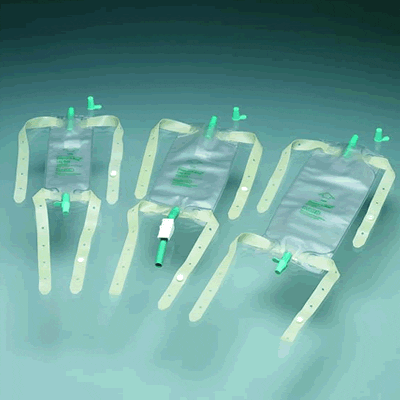7/23/2015

Photo courtesy of AMD Founders LLC.
Los Angeles Food and Drug Administration (FDA) compliance officer Dr. Raymond W. Brullo issued a scathing warning letter to Thomas Ring, the CEO of New Jersey-based device manufacturer C.R. Bard. The letter contained a litany of violations regarding several single-use devices for IVC and foreign body retrieval. The letter follows a series of inspections of the company’s facilities in Queensbury, New York and Tempe, Arizona. Although executives had replied to the FDA’s myriad concerns on several occasions from November 2014 through May 2015, Brullo found the majority of the responses to be inadequate or partially adequate.
Among the many concerns that the FDA found during its inspections, Brullo wrote that Bard’s Recovery Cone Removal System, Models RC-15 and FBRC are:
adulterated under section 501(f)(1)(B) of the Act, 21 U.S.C. § 351(f)(1)(B), because you do not have an approved application for premarket approval (PMA) in effect pursuant to section 515(a) of the Act, 21 U.S.C. § 360e(a), or an approved application for an investigational device exemption (IDE) under section 520(g) of the Act, 21 U.S.C. § 360j(g). The Recovery Cone Removal System, Model RC-15 is also misbranded under section 502(o) the Act, 21 U.S.C. § 352(o), because you did not notify the agency of your intent to introduce the device into commercial distribution, as required by section 510(k) of the Act, 21 U.S.C. § 360(k).
In addition to citing Bard for its lack of Pre-Market Approval for the devices, the FDA found that the company lacked marketing authorization for its current use, writing:
Percutaneous retrieval systems, such as the Recovery Cone Removal System, Model RC-15, are regulated as manual surgical instruments intended for specialized use within a specific medical specialty, and thus require marketing authorization in order to be legally marketed in the United States.
Beyond the unauthorized marketing of the device, the FDA found that the company did not provide sufficient documentation regarding the manufacturing process as well as failures to establish adequate complaint resolution procedures. Brullo cited the company for failing to provide information to the FDA for the IVC Denali Filter Delivery System, in violation of several Act 21 statute, indicating that many of the devices:
do not include adequate instructions for ensuring that complaints involving a device or device component provided by a supplier are adequately evaluated for root cause of the alleged device failure and that appropriate corrective action is implemented with your suppliers
Most importantly, the FDA found that Bard either failed to, or improperly documented several adverse events, including a death, attributed to the devices. Brullo also noted at least 10 cases that were listed on malfunction Medical Device Report (MDR) should have been filed as serious injuries instead. Among the complaints regarding the G2 filter was the “embolization of a detached filter arm with associated areas of hemorrhage and necrosis in the right lung,” which was also filed as an MDR malfunction that should have been filed as a death.
Brullo is expecting a response within fifteen business days upon receipt of the letter, dated July 13th, writing that Bard must provide “the specific steps your firm has taken to correct the noted violations, as well as an explanation of how your firm plans to prevent these violations, or similar violations, from occurring again.” If the company does not satisfy the FDA’s demands, the agency may take actions including, “seizure, injunction, and civil money penalties.”
http://www.fda.gov/ICECI/EnforcementActions/WarningLetters/2015/ucm455224.htm


Join the conversation!